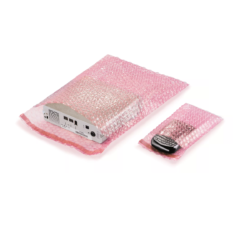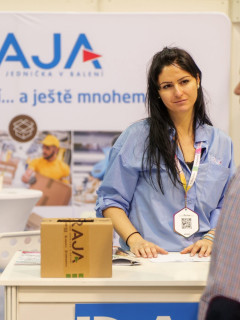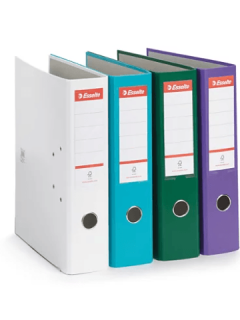In cooperation with our customer, the European Art Gallery International Art Gallery in the Czech Republic, we have prepared another continuation of the article “How Rajapack packaging packages Czech art”. This time we have chosen the topic of large or sensible works of art.
Packaging of paintings
When packaging large paintings, the canvas and frame are always wrapped in bubble wrap or two layers of crepe paper for shipping in the gallery. We use adhesive tape or transparent stretch film to attach the packaging layers to the painting. In the case of very delicate paintings, we use large flat boxes or at least wrapping paper, which we also wrap in stretch film. An image wrapped in this way is fully suitable for transport without risk of damage to its future owner.
For classic format paintings we use foam foil or bubble wrap, which has a soft fleece on the inside. This protects the glass or fragile surface of the painting from scratches. We fix the wrapping layers in the same way as for large paintings.
Packaging of statuettes and glass or plastic sculptures
We pack smaller works of art in classic flap boxes, mostly made of three-layer corrugated cardboard. With the help of a slight shake, we sprinkle flopak polystyrene fixing bodies into the box, which provide the object in the box with sufficient protection against shocks and impacts. In the case of fragile statuettes, we use Instapak foam in bags. The foam in this bag or cushion adapts precisely to the form of the exhibit and provides safe protection when transporting it to the customer. We then close the boxes with stretch film.
Packaging of larger sculptures and statues
Due to the higher weight and more difficult handling, it is very important to carefully secure bulky works against a high risk of breakage or other damage. Foil is also ideal – not with classic small bubbles, but in bubble wrap with large bubbles with a minimum diameter of 25 mm. Line any protrusions or cavities with crumpled bubble wrap (this time with smaller bubbles). Then we tie the exhibit with stretch film and for a better fit during transport we do not forget to use a flexible textile tie. We cross-tape the object several times to obtain a form of mesh that makes it easier for the transporter to carry the object.














